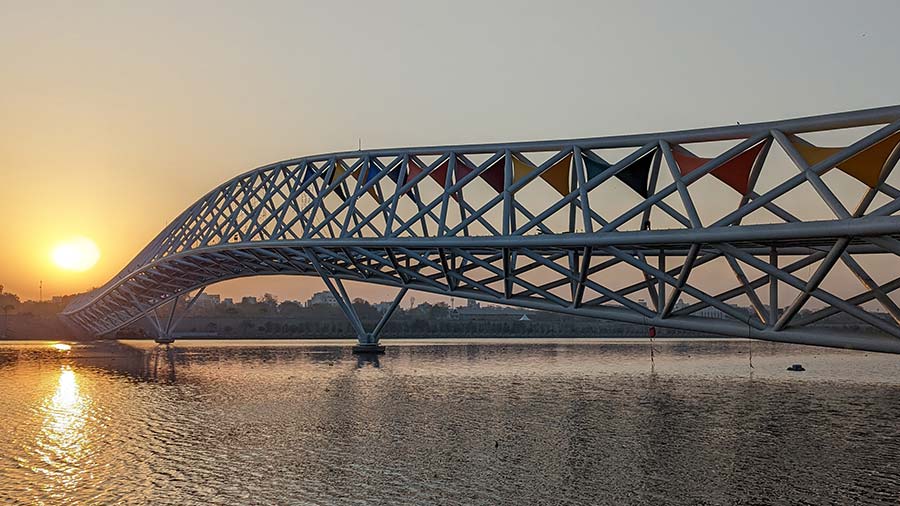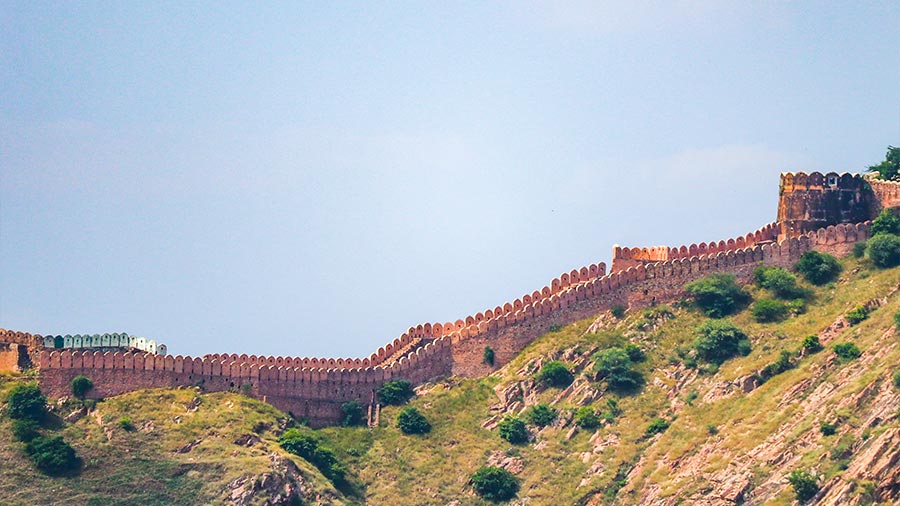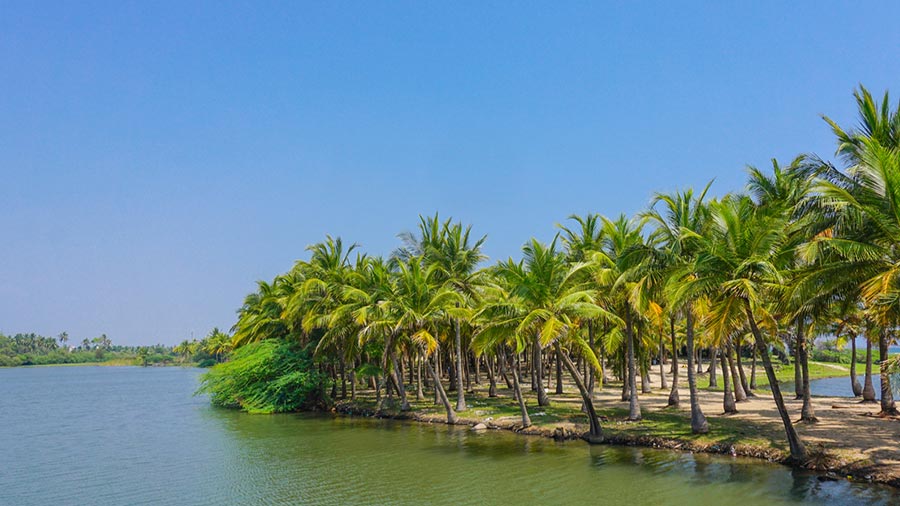Gujarat and Rajasthan have emerged as two of India's top states for attracting corporate investments, inviting investments worth INR 3.98 trillion and INR 2.91 trillion, respectively, in FY 2022. While Gujarat gains from its location along the western coast and a 1600 km long coastline, Rajasthan also shares a border with some of India's most populous states, giving it access to 40 percent of their markets. In this article, we briefly discuss both states' economic profiles and highlight factors that make them popular investment locations.
Gujarat has surpassed all other Indian states in luring new investments from both domestic and foreign corporations, according to data from the Centre for Monitoring Indian Economy (CMIE). Fresh investments worth INR 3.98 trillion were announced for Gujarat during the financial year (FY) 2022, representing a 273 percent increase over the FY 2021 figure of INR 2.91 trillion.
Rajasthan, on the other hand, emerged as the second most attractive destination for investments in India in FY 2022. Interestingly, the state witnessed the highest rate of growth during the period, soaring by almost 535 percent and attracting new investments worth INR 2.37 trillion.
In this article, we discuss why these two states are the leading investment destinations in India.
What makes Gujarat an ideal destination for investors?
Gujarat is India’s top industrial state in terms of manufacturing capacity, investment opportunities, operational special economic zones. The state provides prospects for many emerging industries including renewable energy and financial services, as well as investment-friendly places for industrial setup, infrastructure for logistics and connectivity, and a stable political climate.
Located along the western coast of India, Gujarat boasts a 1600 km coastline, which is the longest in the country. The state contributes around 20 percent to India’s industrial production and merchandise exports, and the state’s ports handle about 40 percent of India’s cargo.
Gujarat economic profile
Gujarat is the second-largest producer of crude oil (onshore) and the fourth largest producer of natural gas, and it hosts the world's largest petroleum refining hub at Jamnagar district. Food processing, IT/ITES, automotive, pharmaceuticals, and other sectors are also important industries in the state that are driving growth.
Gujarat's Gross State Domestic Product (GSDP), which reached US$260 billion in FY 2022 and showed a 7 percent year-over-year (y-o-y) growth rate, is anticipated to reach US$280 billion in FY 2023. During the same period, the state's per capita income was predicted to be $3,023 USD in FY 2022.
According to the latest recent government data, Gujarat attracted FDI flows totaling $30.6 billion between October 2019 and September 2022.
Gujarat also claimed the top spot in the Export Preparedness Index in 2021, with exports totaling US$1.21 billion.
Gujarat has 42 ports, comprising one major port and 41 non-major ports in terms of logistics and connectivity. In addition, the state operates 17 airports, including one international airport in Ahmedabad. The Delhi-Mumbai Industrial Corridor (DMIC) provides further impetus for industrial growth in Gujarat, as 38 percent of the corridor lies in the state.
Key factors driving investment in Gujarat
Gujarat attracts investments due to its industrial and investment friendly policies and is one of the leading industrialized states in India. The state is recognized as an "Achiever" among the coastal states by DPIIT in Logistics Ease (LEADS 2022).
Besides better business and investment opportunities, there are 21 operational Special Economic Zones (SEZs), with 26 SEZs having formal approvals, eight notified Special Investment Regions (SIR), and 202 industrial estates in Gujarat. Additionally, eight new industrial estates to strengthen manufacturing MSMEs were launched alongside the creation of more small business opportunities in Gujarat.
Currently, the state has over 30,000 food processing units, 560 cold storage units, and 1,200 fish processing units. Gujarat also ranks first in terms of chemical manufacturing in India. The state has India’s first Petroleum, Chemicals, and Petrochemicals Investment Region for the manufacturing of petroleum products, chemicals, and petrochemicals.
Furthermore, Gujarat is also a leader in pharmaceutical manufacturing in India and accounts for 33 percent of the country’s sector turnover and 28 percent of exports.
Gujarat has also been producing a significant amount of green energy in India. In comparison to 7,541.5 megawatts (MW) in FY 2020, the state's operational capacity for producing electricity from wind energy sources currently stands at 8,561.8 MW.
GIFT city
For offshore financial market investors, India’s first International Financial Services Center (IFSC) has been set up at Gujarat International Financial Tec-City (GIFT City) near Ahmedabad. Recent changes in tax regulations include the waiver of several tax liabilities like goods and services tax (GST), dividend distribution tax, and capital gains tax for entities operating in the IFSC GIFT City. According to tax experts, Category III alternative investment funds (AIF) setting up in IFSC GIFT City will benefit from zero tax on bond trading and zero tax on derivative trading, which is in line with offshore treaties. GIFT City is modelled along the hybrid structure of Singapore’s financial center.
DREAM city
Additionally, a Diamond Research and Mercantile (DREAM) City is also being developed close to Surat district in the state, to promote diamond trading from Gujarat at an estimated project cost of INR 24000 million. Spread over 2,000 acres, DREAM City will house an International Diamond Trading Hub and a Diamond Bourse.
What makes Rajasthan a top attraction for corporate investments?
Rajasthan, India's largest state by area, borders Punjab, Haryana, Uttar Pradesh, Madhya Pradesh, and Gujarat, five other significant Indian states. Around 40 percent of the Indian market is accessible through this state's bordering states, and it also acts as a vital transportation link between the northern Indian states and the ports along India's western coast.
Rajasthan has a workforce that is highly skilled and supported by a large English-speaking talent pool. In FY 2021, the service sector contributed around 45 percent of the state's gross value added (GVA) at current prices, while the agricultural sector made up about 30 percent.
With 82 major and minor minerals, Rajasthan is the second largest mineral producing state in India and produces more minerals than any other state in India. Rajasthan boasts of being the top producer of limestone, copper ore, silver, rock phosphate, and gypsum, in addition to being the only producer of zinc and lead in the nation and the greatest producer of marble.
The leading industries of Rajasthan other than mining and minerals are agri-processing, automotive, IT/ITES, petrochemicals, renewable energy, textiles, etc. More than 100 automotive and auto-component manufacturing units as well as about 850 factories in the food processing sector are located in the state.
Rajasthan economic profile
Rajasthan's GSDP reached INR 11.96 trillion in FY 2022, up 11.06 percent y-o-y. The state's per-capita income was INR 1,35,000 during that time.
In FY 2021, the service sector generated almost 45 percent of the state's gross value added (GVA) at current prices, compared to the agriculture sector's 30 percent contribution.
Rajasthan is dominating India's clean energy sector in terms of renewable energy, with the highest installed solar generation capacity (over 13,000 MW). Rajasthan is home to the largest solar park in the world, a 2245 MW facility near Bhadla.
Adani recently announced investments worth INR 650 billion in Rajasthan over the course of the following five to seven years for the construction of a massive 10,000 MW solar power capacity, the expansion of a cement plant, and the modernization of Jaipur Airport. These investments were made at the Invest Rajasthan 2022 Summit.
Additionally, according to data from Invest India, during the period from October 2019 to September 2022, Rajasthan received FDI inflows of US$1.88 billion.
For more information and advice for foreign investors on doing business in India, please feel free to email us at india@dezshira.com.









